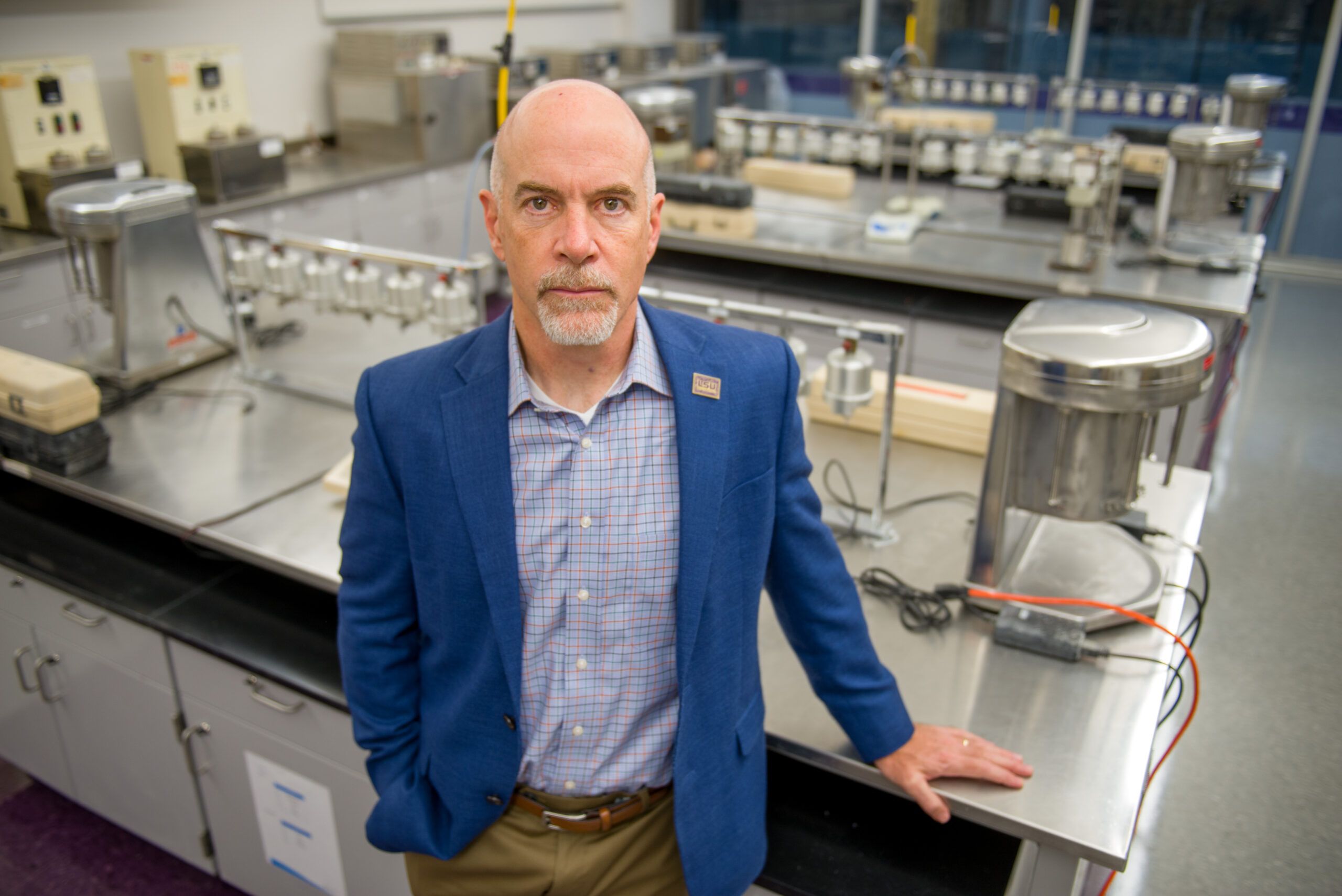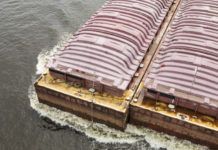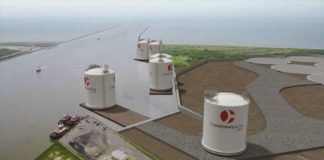
Louisiana has the ideal geology for carbon sequestration, but an abundance of existing oil and gas wells and the inability of industry to detect carbon leaks across vast areas could be the proverbial flies in the ointment.
There is the potential, at least, for the sequestered carbon to find its way back to the surface undetected through thousands of existing well sites, adding to the urgency of current efforts to plug the state’s orphaned wells. The federal government is providing Louisiana with more than $100 million through 2030 to plug the wells, which have been abandoned with no financially viable owner.
To catalyze the process, the Louisiana Department of Natural Resources issued a new regulation last fall that increases fees on wells that have been inactive and unplugged for five years or more, while reducing fees for operators who plug 10 or more wells in a year. The new regulation makes the state eligible for up to $70 million in additional federal funding to help tackle the problem.
Eric Smith, director of the Tulane Energy Institute, says sequestered carbon reentering the atmosphere through existing well site could be a problem, as it’s difficult to find a viable sequestration site that hasn’t already been drilled at some point over the past century.
Typically, though, the developers of sequestration projects perform significant research and testing to locate and analyze any potential threats to the process. “They test each of the wells on the site, as well as look at any faults or fractures that might exist,” says Smith, who is also a contributor to the state’s Climate Initiatives Task Force. “These companies actually go out of their way to find locations that have not been heavily drilled.”
And even if the carbon escapes, it will likely pose minimal risk. “Carbon is not a poison and it’s not explosive,” he adds. “It’s already fully oxidized and is essentially neutral. There’s always some risk, of course, but the probabilities are very small of having an issue. And even if there’s a leak, it will likely be minimal.”

John Flake, a professor in the LSU Department of Chemical Engineering, says apart from possible seepage out of an abandoned well, “it seems unlikely that (sequestered carbon) would make its way to the surface.” He says two sequestration sites that are already operating in Decatur, Ill., and Canada have had no issues to date. “Each of these sites has put about 40 million metric tons of carbon underground over the last decade,” Flake says.
Nonetheless, carbon sequestration remains a bold new frontier, Tulane’s Smith says, and some aspects of the process remain unknown. That has many developers looking for answers, as projects could soon ramp up now that the EPA has formally granted Louisiana state primacy in the permitting and regulation of wells and projects. “They’ll be drilling down deep looking for saline aquifers,” he says. “Pressure will then be used to force carbon down into this liquid medium. The big challenge is how do you know where it’s going to go? No one has ever had a reason in the past to search out, with seismic data, the connections that exist between these saline aquifers.
“And since carbon is a big molecule, you have to know if the rock is porous and permeable enough, and how much pressure will be needed to force it into that material.”

Fiber optics solution
To tackle the leak detection problem, a team of LSU researchers and the National Energy Technology Laboratory are currently developing a distributed fiber optic sensor that will monitor for carbon leaks across more expansive areas. Industry partners Air Products and Shell are closely watching their progress.
Using $500,000 in experimental grant money from the LSU Institute for Energy Innovation, they hope to be able to prevent and/or detect, isolate and mitigate leaks throughout every step of the sequestration process.
“The only current sensors on the market are point sensors, meaning they only detect a carbon leak at a given location,” says Jyotsna Sharma, an assistant professor in LSU’s Department of Petroleum Engineering and leader of the research. “We are hoping to develop a distributed sensor that will cover a much broader area.”
To test the plausibility of the idea, they’re taking the same fiber optics used for high-speed telecommunications and coating it with nanomaterials that are reactive to carbon. That, in effect, turns the entire length of the fiber into a sensor. “If you have 1,000 feet of fiber, you have 1,000 feet of sensing,” Sharma says.
They’re combining two technologies in the process – fiber optic sensing and nanomaterial science. “We are trying a few different nanomaterials to find the optimum material suitable for achieving the best sensitivity and stability for the sensing application,” says researcher Manas Gartia, associate professor in LSU’s Department of Mechanical Engineering.
Lab testing of the sensor should be completed by the end of the year, when they’ll then move to LSU’s PERTT (Petroleum Engineering Research, Training & Testing) Lab to demonstrate the sensor’s performance in low- and high-pressure flow loop facilities and a 5,163-fot-deep wellbore.
Eventually, they also plan to demonstrate the sensor at an actual carbon capture or sequestration site through their partnership with Shell. “We want to see how it performs in actual field conditions,” Sharma says. “That’s important, since the down-hole conditions in a wellbore are very harsh. The fiber must be able to withstand that environment for a long time. We don’t want to install the sensor and have it break in a few days or months.”
Karsten Thompson, interim dean of LSU’s College of Engineering, says there are also plans to drill a new research well and surface flow loop at PERTT this fall with funding from H2the Future, a GNO Inc.-led initiative that seeks, in part, to substantially lower carbon emissions in the Louisiana industrial corridor.
“The flow loop is a pilot scale facility at the surface, while the wellbore will be a full-scale research well where they can simulate carbon going into the well under the same conditions that will happen in the field,” Thompson says. “You’re going to have the same pressures 5,000 to 8,000 feet below the surface like you would have in a real well, which gives us the opportunity to test.”
Halliburton and ExxonMobil will assist in drilling the well, while Shell, BP, Chevron, ConocoPhillips, Oxychem and others have also expressed an interest in project outcomes.
The goal is for industry to gain real-world knowledge of how carbon reacts in a variety of environments and situations. “We have a good understanding of pure carbon in terms of how it reacts under various pressures and temperatures, but let’s say you mix in methane or some other contaminant,” Thompson says. “That can have a significant impact on its behavior.”
To date, engineers have completed preliminary designs of the PERTT wellbore, with Halliburton and ExxonMobil expected to soon begin detail design. “If everything goes perfectly, we will drill sometime this fall,” Thompson says.








